mar, Nov 2nd 2021

The most iconic main course of Switzerland, the fondue, hides several secrets to health, happiness, longevity, and even world peace.
The Swiss diet is considered one of the healthiest in the world – far outranking neighbors Germany and France, according to the Bloomberg Global Health Index. The bi-annual study of 169 countries found that there must be something to regularly eating foods like cheese, wine and chocolate.
But the Swiss do not simply consume food; their diet is also integral to their daily structure. Let’s take a closer look.
Zmorge (breakfast) is a fast and easy meal typically eaten around seven in the morning. Bread, cheese, fruit and coffee are traditional choices. Birchermüesli (oats soaked in milk with shaved apples) is also popular. Zmorge is meant to be a high-fat meal for a morning hike, although the typical Swiss person may only be commuting to the office.
“You will find milk, cheese and butter in almost every meal in Switzerland,” Caroline Hostettler said, owner of Quality Cheese. The former food journalist began importing her native Swiss cheese to Florida after moving there in the 1990s. She says Swiss cheese is not only superior in taste, but also in health benefits – something food researchers call the Alpine Paradox.
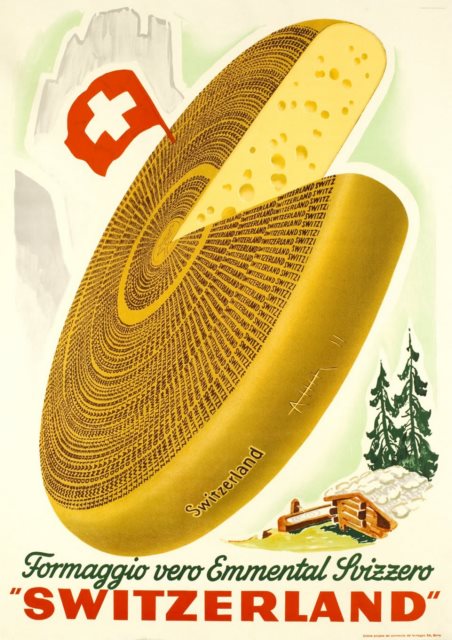
The best cheeses are produced with raw whole milk and aged to perfection, leaving intact all the vitamins and nutrients nature can provide.
While a diet rich in butter, cream and cheese is usually linked to a higher incidence of strokes and heart attacks, the Swiss suffer from these causes of death far less than those in other countries. In fact, the World Health Organization reports that Switzerland ranks only second to Japan when it comes to life expectancy and a traditional Japanese diet is almost completely devoid of dairy.
Selon le a study led by Jürg H. Beer, milk from alpine grazing cows is high in omega-3 fatty acids and low in saturated fat – a combination which contributes to good heart health. Additionally, alpine dairy products contain a very high concentration of conjugated linoleic acid, which has been linked to halting the spread of cancer.
“There are more than 150 types of herbs, flowers and grasses in just a small portion of Alpine land that the cows graze on,” Hostettler said. “This biodiversity, paired with how much exercise the cows are getting in that thin, high altitude air (the equivalent of a professional athlete) is why this cheese has an ideal fat versus protein ratio.”
“A piece of Alp-cheese and a little fruit and your body is receiving almost all the vitamins it needs for the day,” she added.
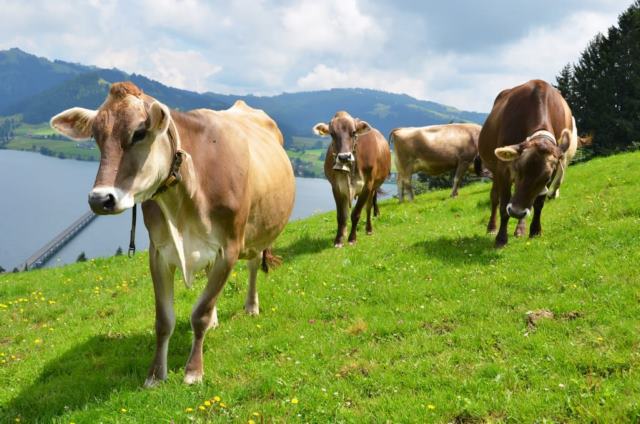
No corn for these cows – a limitless supply of lush green mountain grass gives cow’s milk a wonderful nutritious profile unmatched anywhere.
Znüni is a Swiss German word that is short for zu neun, which literally means “at nine o’clock.” The mid-morning snack is generally a croissant with a second cup of coffee. In many Swiss companies it is even encouraged for employees to take a short break and socialize as it is believed to improve productivity.
Zmittag (lunch) is not only a hot meal served midday, but also an hour for relaxation. It is not uncommon for children to go home from school and employees to leave the office. It is even considered disrespectful to create noise during Zmittag, therefore all construction ceases at lunchtime. A vegetable soup or meat dish are popular choices.
The Swiss tend to eat more locally, seasonally and sustainably than most of Europe, according to a University of Geneva étude. Furthermore, Swiss farmers traditionally use fewer pesticides and genetically-modified organisms (GMOs), although only 15% of them have bothered to become certified as “organic,” Anja Constien said, an employee of online organic Swiss produce shop Farmy.ch.
“Products from organic farming contain more vitamins, such as vitamin C and phytochemicals that react as antioxidants in the human body,” Constien said, adding that the “meat contains less fat and no antibiotics.”
Researchers found that patients who had been diagnosed with depression greatly improved their levels of happiness by eating whole, unprocessed foods over patients who were given one-on-one support and enrolled in social activities, according to a étude in BMC Medicine.
“An unhealthy diet—high in trans fats, sugar and processed and refined foods—increases risk for depression… because it deprives the brain of the nutrients it needs,” the authors write.
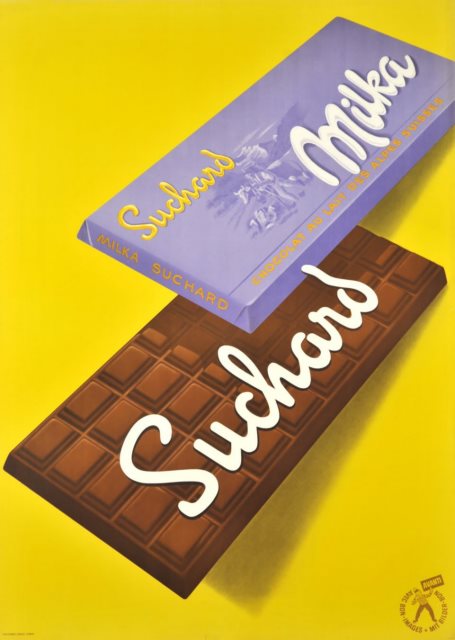
The American Page brothers brought condensed milk to Switzerland in 1866, which allowed Nestle to produce the first milk chocolate products.
Zvieri or “at four,” is a mid-afternoon snack that may be fruit and nuts for adults, but is often chocolate for children ending their school day. In Geneva where I live, you can almost set your watch to the moment when you see parents handing their children cookies or sweets for their afternoon goûter (the French word for snack).
The Swiss did not invent chocolate, but they did improve the recipe that was circling Europe in the 1800s. Swiss chocolatier Daniel Peter added a powdered milk developed by colleague Henri Nestlé in 1875 and created the first milk chocolate bar. In 1879, Rudolphe Lindt further enhanced it by using his newly-patented conching machine to create a “melt in your mouth” texture. The device, which is still used today, heats and stirs chocolate which aerates it and tones down the bitterness.
Although tiny Switzerland cannot keep up with Germany and Italy when it comes to pounds of chocolate exported per year, the Swiss do take the top spot in another category: pounds of chocolate consumed. Swiss people eat 24-26 pounds of chocolate per capita per year – more than in any other country.
Znacht or “at night” is often a cold dinnertime meal made up of leftovers, cold cuts, cheese, a loaf of bread and a glass of local wine.
“Not many people know Swiss wine as only 1% of it is exported,” Mikael Grou explained, chief sommelier at the Beau-Rivage Hotel in Geneva. The impressive wine cellar boasts a 69-page wine list with 10 pages dedicated to Swiss wines.
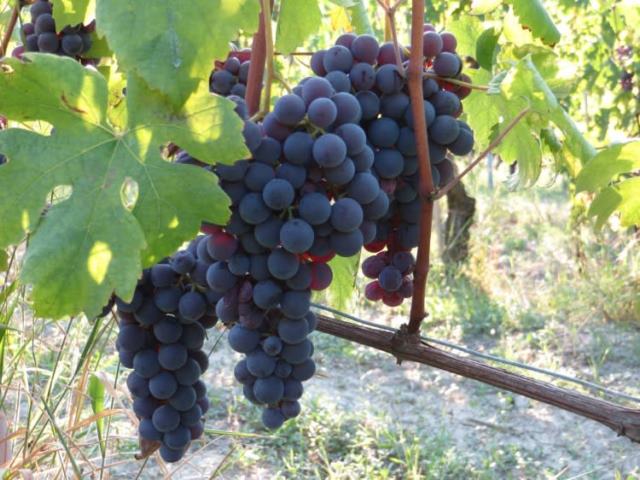
Most Swiss wine is locally consumed, virtually none exported – and mostly only in traveller’s at that.
“The market for Swiss producers is directly to restaurants or private customers,” Grou said. Switzerland produces roughly 100 million liters of wine per year, most of which is organic but you will not find that advertised on the label. It is simply expected. In the 1980s and 90s Switzerland did try to enter the global wine market, but the shift in how the wine was produced created a poor result and vintners went back to their roots, according to Grou.
“There are two types of Swiss wine drinkers: An older one who remembers the mass produced wine 30 years ago – they refuse to drink Swiss wine; and the younger Swiss wine drinker who is open-minded,” Grou explained.
Should you find yourself in Switzerland, Grou recommends trying a glass of crisp Petite Arvine from the Valais region. The driest climate in Switzerland enjoys a warm “foehn” wind which accelerates the maturation of the grapes.
“The vineyards are built on the mountainside, so everything has to be carefully grown and picked by hand,” Grou said, adding that the highest altitude vineyard in Europe is found in Valais at 1,150 meters.
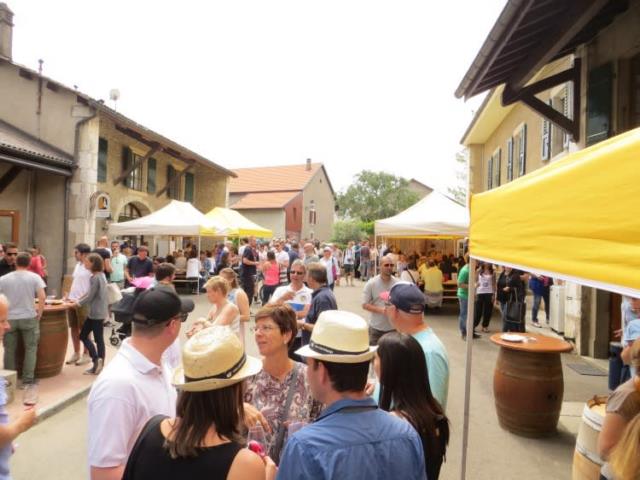
The Caves Ouvertes are annual events where the vintners of the local Canton open their cellar doors to allow first tastings of the new vintage.
